To ask, or not to ask: that is the question. I am referring, of course, to seeking permission before taking someone’s photograph on the street. Candid street photography is a genre that can trace its roots to the advent of Leica compact cameras. But some people nevertheless hold the view that snatching a shot of someone without asking permission is out of order. What do you think?
In a previous article, I described how I overcame my reluctance to photograph strangers. I also shared candid images of people taken while travelling. I noted, but did not discuss, the issue of whether failure to ask permission before shooting was a problem. My aim in this article is to dig in more deeply to that issue.
People pleasers
There are many categories of street photography. Here is a comprehensive overview I came across recently. I would argue, as did this commentator, that the two primary categories are ‘with people’ and ‘without people’. In this article, I am focusing on the former.
Below that ‘with people’ category, there are undoubtedly multiple subcategories. I’ll illustrate some of these with photos I have taken. Along the way, I will share my thoughts on asking permission, or not.
I do not expect everyone to agree with my stance. In fact, I hope the comment section below overflows with differing perspectives. But, I will argue there are times to ask permission and times to adopt a ‘traceless’ approach.
Engaging your subject
Many street photographers prefer to engage with people they see on the street. Having spotted something interesting about a person, they ask if they can take their photograph. If the person agrees, the photographer proceeds to create a ‘street portrait’.
Apart from the initial awkwardness of approaching a stranger, street portraits are not controversial. They usually make good photographs because of what the person looks like, what they are wearing, their expression, or their pose.
If someone is sporting a crazy hairstyle or loud clothes, chances are they are looking to attract attention. In which case, they will enjoy being photographed. Some people even participate in ‘cosplay’ events, where one of the objectives seems to be having someone take your photograph. If someone declines to be photographed, no harm is done, and everyone moves on.
When travelling, I often bump into people and ask if I can take their photograph. Staff in customer-facing roles at restaurants and hotels are typically very agreeable. The same appears to be true of people working at street markets. I have taken portraits of many such individuals.
I agree with the advice offered by many accomplished street photographers: striking up a conversation with a stranger is a great way to break the ice before asking to take their photo. As an introvert, it has taken me time and practice to feel comfortable making that initial approach. I am now able to take that step without my heart rate or blood pressure rising too sharply.
Show and tell
While some strangers make good photographic subjects because of their looks, others catch the eye because of their actions. People with unusual skills are usually pleased to be photographed showing them off. These folk are fewer and further between, but if you happen upon one, you are in with a chance of an eye-catching picture.
I saw the juggler below while cycling one day. I initially cycled past, but then felt the urge to turn around and have a closer look. Not only was he juggling a set of clubs, but he was riding a unicycle across a slack rope! He agreed to let me photograph him. I had my Leica Q2 with me, and so was able to take this shot. What’s that about always wearing a camera?
I could replicate this story for each of the images in the gallery below. I saw someone doing something unusual, asked if I could take their picture, they showed off their skill, and I took the shot.
Traceless street photography
What about those situations where the person remains unaware that they have been photographed?
You might have come across the term ‘traceless’, which is used in many scientific disciplines. It denotes a procedure in which the system being observed or acted upon bears no trace of that intervention.
An example would be taking a measurement or an image of a live cell. A traceless approach leaves the cell in exactly the same state as before the measurement was taken. Another example would be releasing a molecule from a surface to which it is bonded. A traceless approach yields a molecule bearing no indication that it was ever so attached.
This is how I look at candid street photography. The photographer observes and captures an image without perturbing the scene in any way. Life proceeds as if there was never a photographer present.
But why on earth would one want to take such photographs, rather than the posed kind? For many photographers, it’s about documenting our world and creating art.
Artsy fartsy
If creating art sounds a bit too hifalutin, let’s call it taking photos that have merit by virtue of the arrangement of elements in the image. In this style, the human figure is just one such element, the others being light, shadows, geometric shapes, etc. Usually, you cannot identify the person in the photograph. For example, they might be visible in the distance, or in silhouette, or heading in the opposite direction.
This approach, sometimes referred to as ‘fine-art street photography’ appears to be a well accepted genre. There is even a book of that title.
Is the inclusion of an anonymous person in such a photo, even though their permission has not been sought, problematic? I do not think so. This is a clear example of traceless street photography, where both scene and individual are left undisturbed by the photographer.
Please let us know in the comments if you disagree.
On to trickier territory
When it comes to documenting our world, the traceless approach is just as applicable. In fact, if one aims to capture images of real life, candid photography is the way to do it. This is why, through photography, we can look back at the world that existed seventy years ago (timeframe chosen arbitrarily).
Life was so different then. No-one was staring at, or speaking into, cell-phones. They were wearing quite different clothes, banging out articles on typewriters, or speaking into rotary-dial telephones. When taken, such images would probably have been regarded as mundane, capturing quotidian details of life in that era. But from our vantage point, they open a window on our past, revealing the world of our grandparents and great-grandparents.
This is why photographers are capturing candid images of the world that exists today. Asking someone’s permission to photograph them will of course result in an image that is informative. But, it will not yield an image of someone going about their everyday business, unperturbed by a photographer. A candid street photograph represents both a moment in time, never to be repeated, and an unvarnished view of the world in which the action took place.
Full-on candid
Now, I am not claiming that historians will be poring over my photographs in seventy years’ time for insights about San Diego in 2024. But, they might well be pouring over somebody’s candid shots. And those of us fascinated by what’s happening elsewhere in the world today can catch a glimpse through contemporary candid street photography.
And here’s the rub. Those candid photographs allow viewers to see not anonymised figures, but real, potentially identifiable, people. Furthermore, they are people whose permission to photograph them has not usually been sought.
In most parts of the world, photographing people in a public place is perfectly legal. Thus, the reservations expressed by some photographers relates to the ethics of street photography, not its legality. I have sought many opinions on this issue. One of the more interesting YouTube articles I watched involved asking members of the public what they thought. Most were very supportive of candid street photography, but with some caveats.
Photographing vulnerable people is a no-go area for me, and for the people interviewed. I am also wary of photographing young children without asking permission. I therefore think that as long as photographers adopt an ethical code along these lines, photographing people in public, without asking permission, is OK.
Social media
Regarding how the photos are used, most often they will be posted on social media channels. Occasionally, they might be featured in an exhibition. In exceptional cases, they might find their way into a book. The legal framework governing publication of images differs from country to country. However, based upon the extensive comments posted on my previous article, ‘editorial use’ online and in exhibitions seems to be acceptable.
Publication in a book will almost certainly require a ‘release’ signed by the person depicted. Here is an example of such a release, provided by The Royal Photographic Society. It seems that a publisher is very unlikely to publish a photograph of a person without receiving a signed release.
I welcome additional perspectives in the comments section.
Macfilos is a social media channel, whose ‘content generators’ are the authors who write the articles we publish. Our view is that we will publish photos that meet the standards imposed by our editorial team, considering technical, aesthetic, and ethical matters. If candid street photography articles meet these requirements, we are happy to publish them.
What do you think?
We look forward to hearing your thoughts on this topic, especially if you see yourself firmly in either the candid or posed camps. And if you would like to write about your experience of taking street photographs, we’d love to hear from you. Press the ‘Write for us’ button below to learn more.
Want to contribute an article to Macfilos? It’s easy. Just click the “Write for Us” button. We’ll help with the writing and guide you through the process.


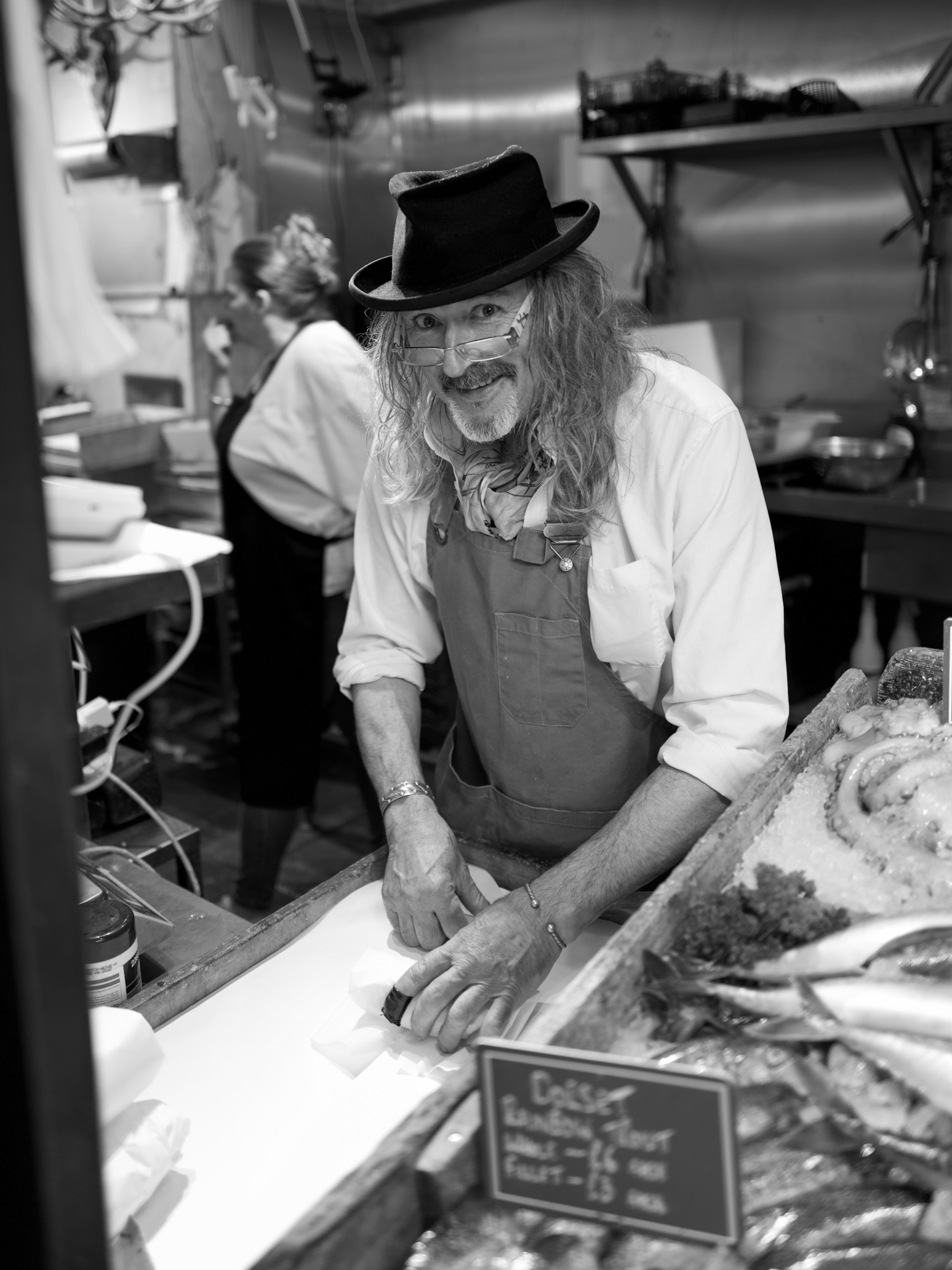

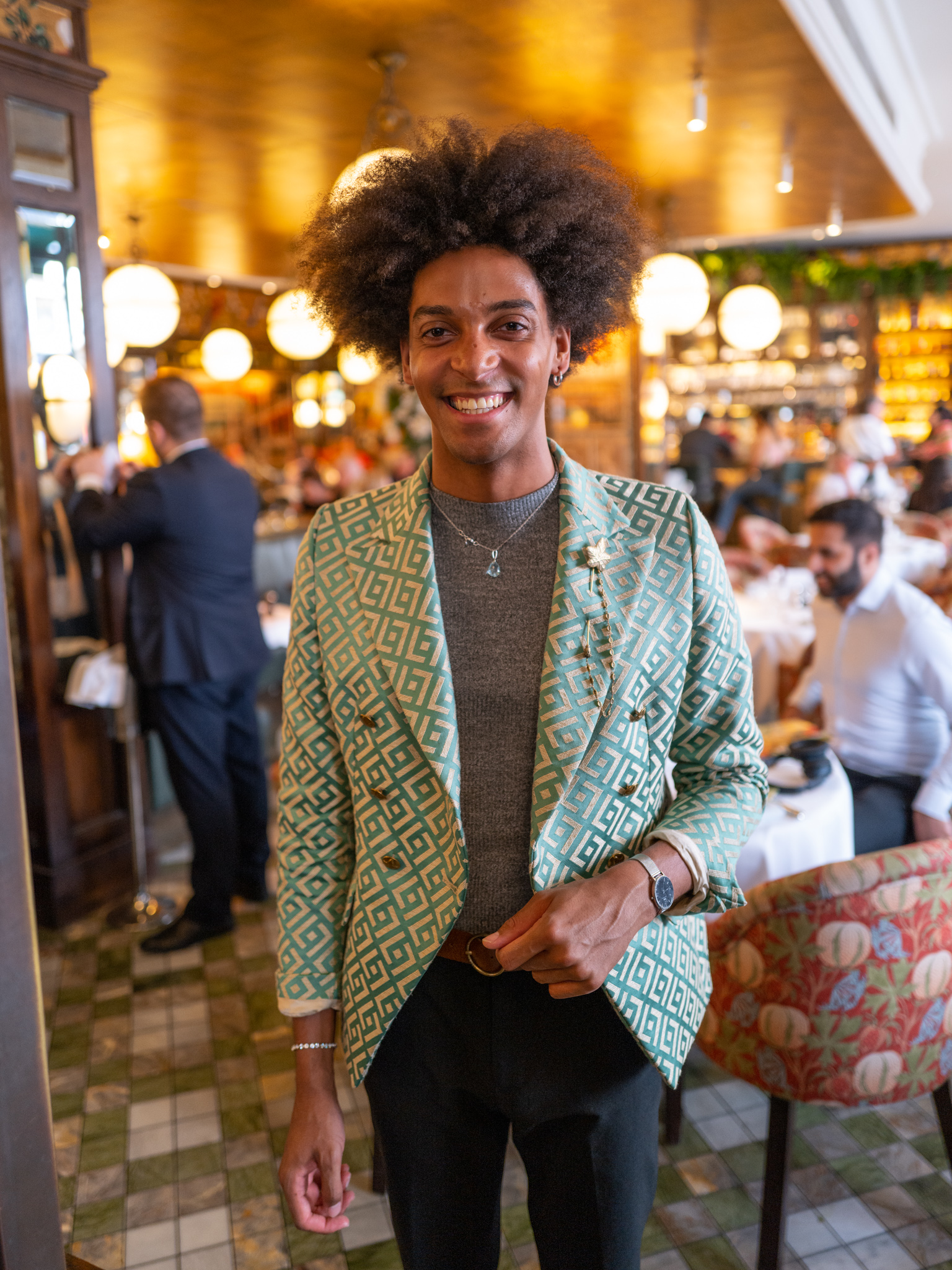
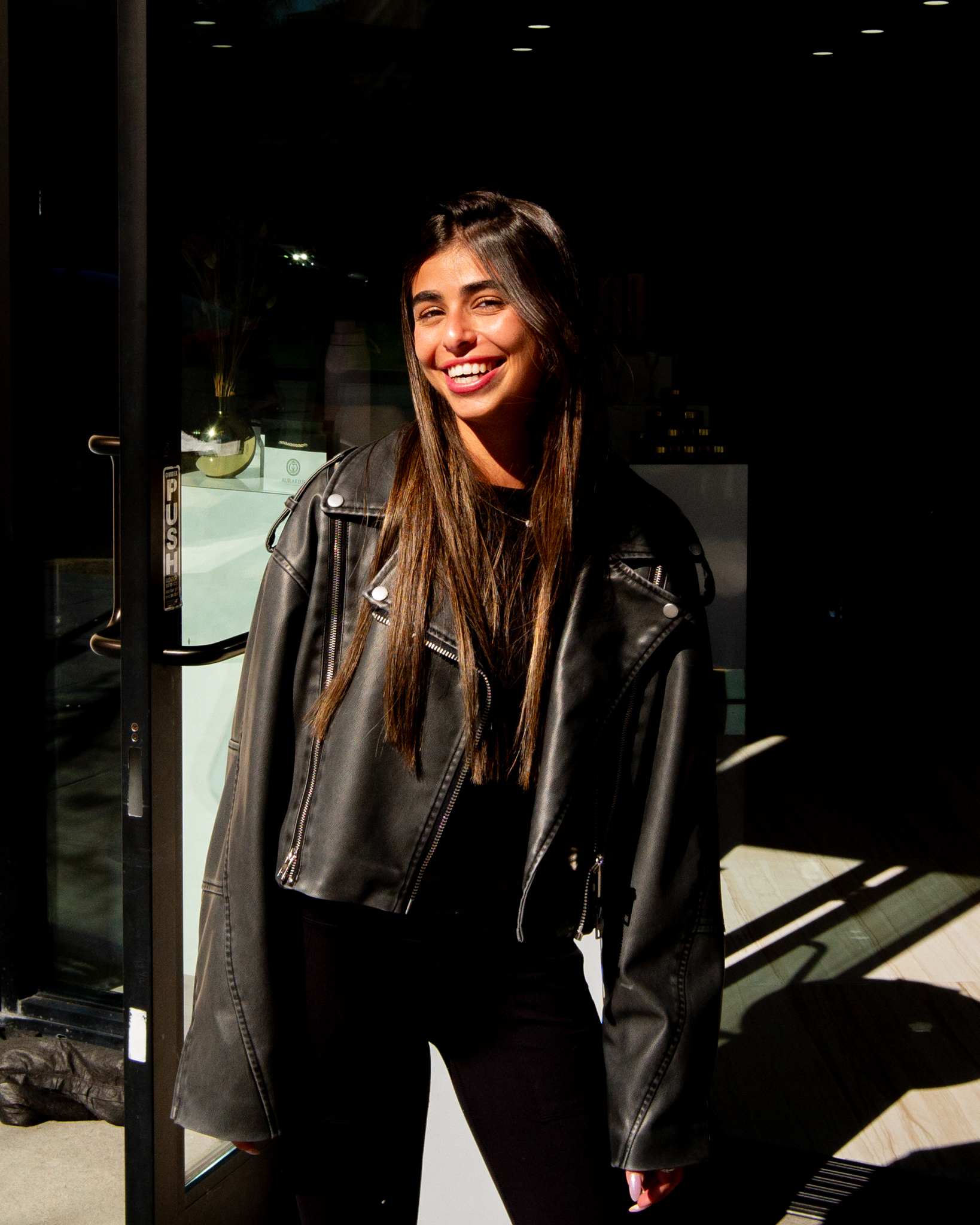
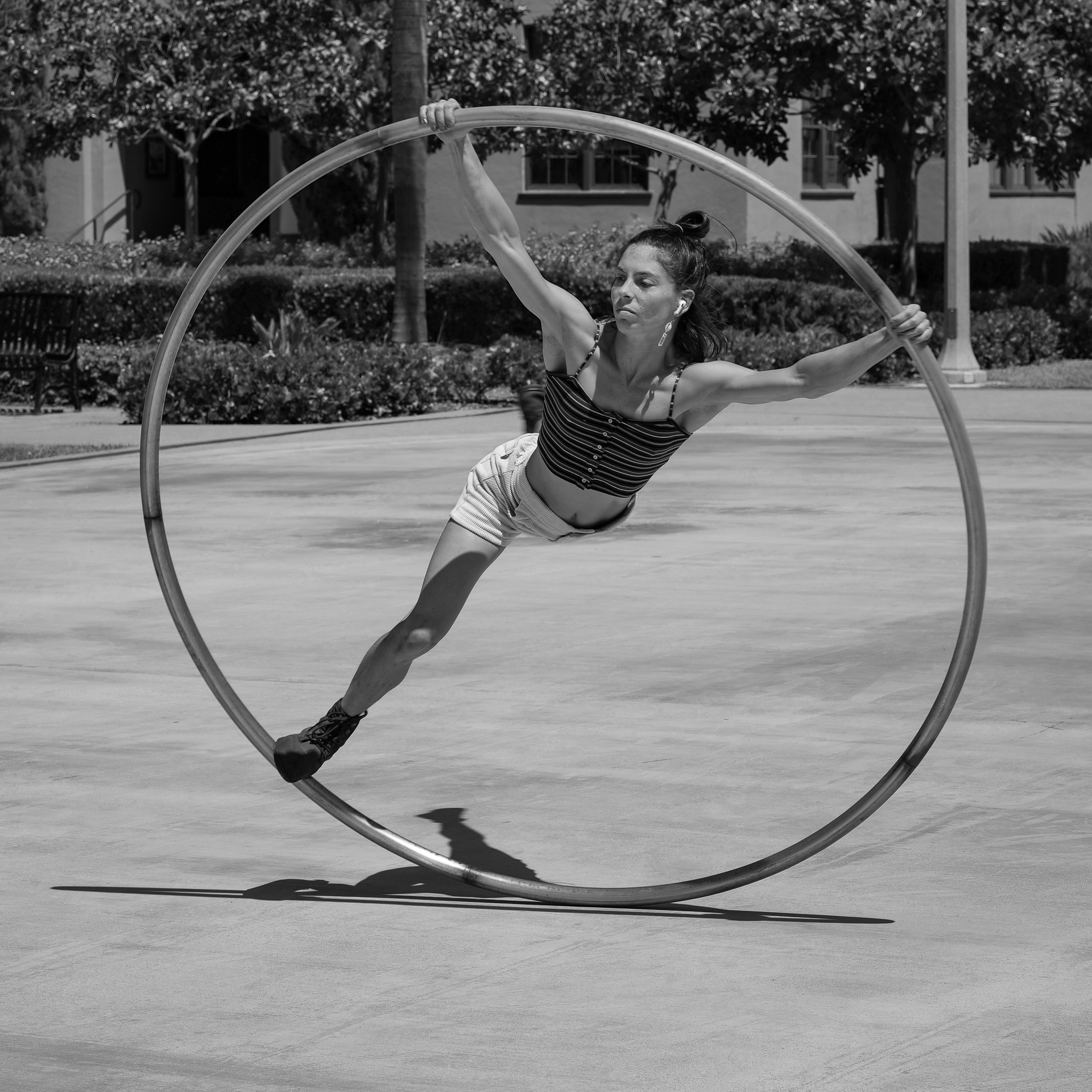
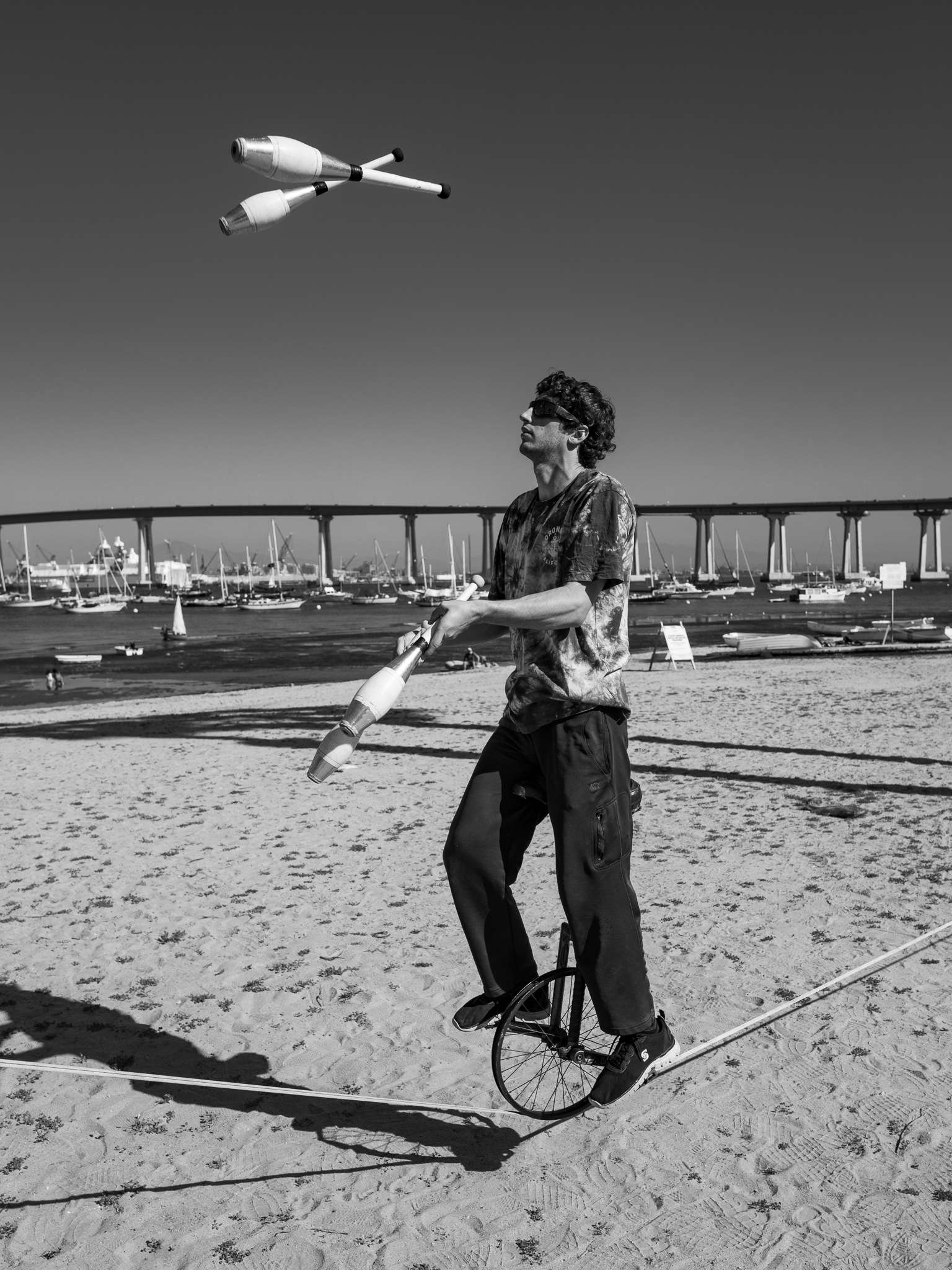
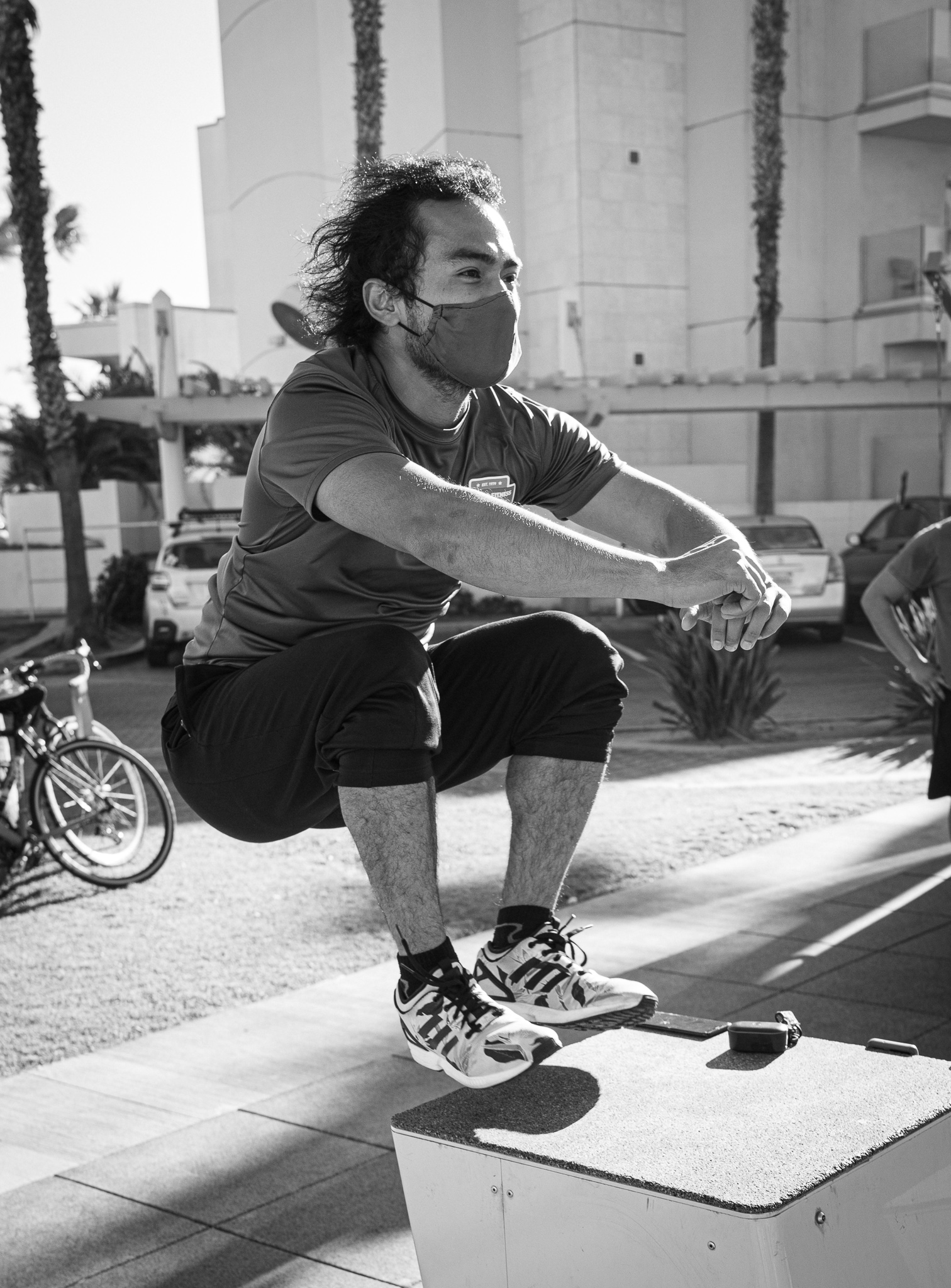
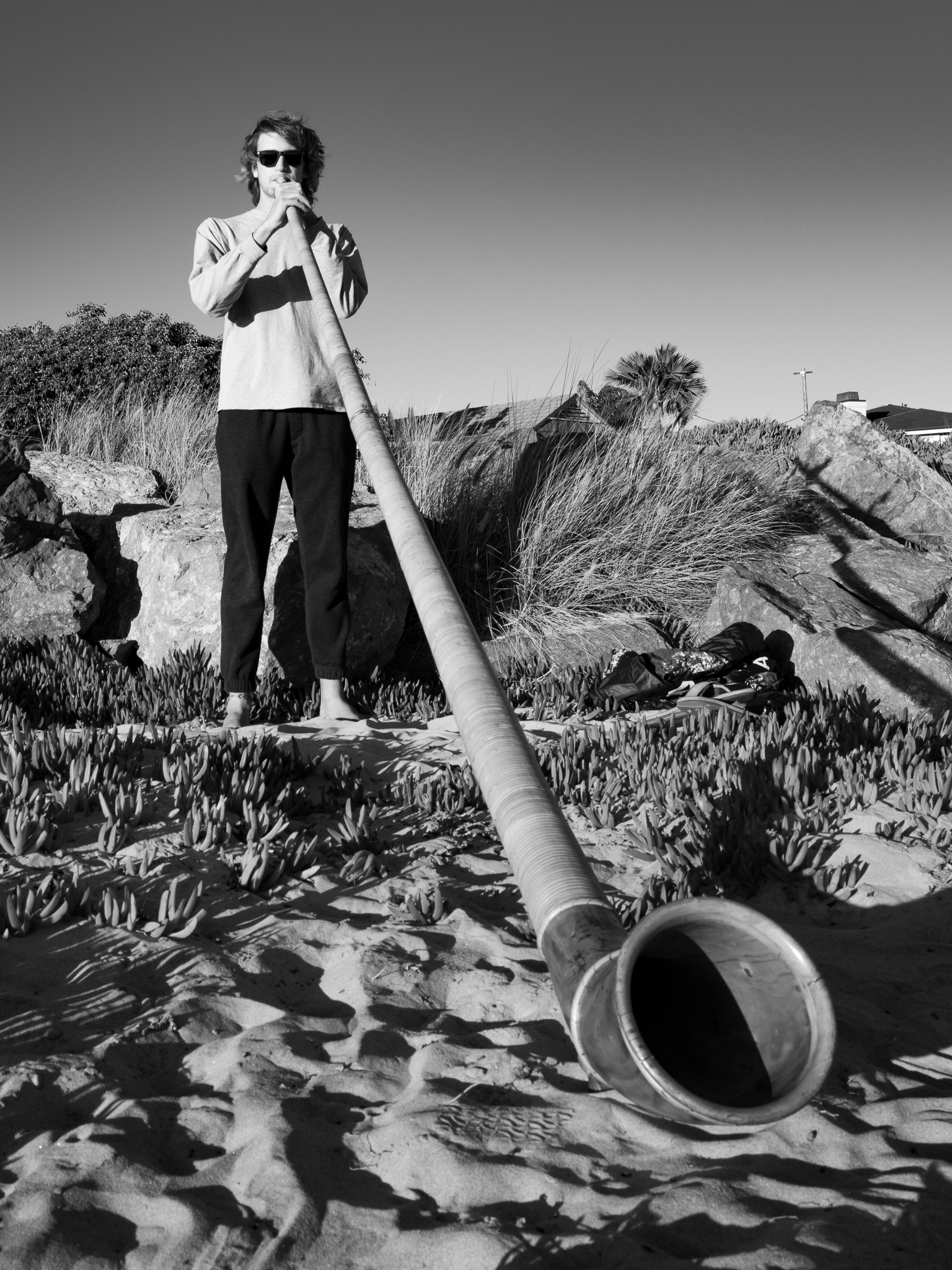
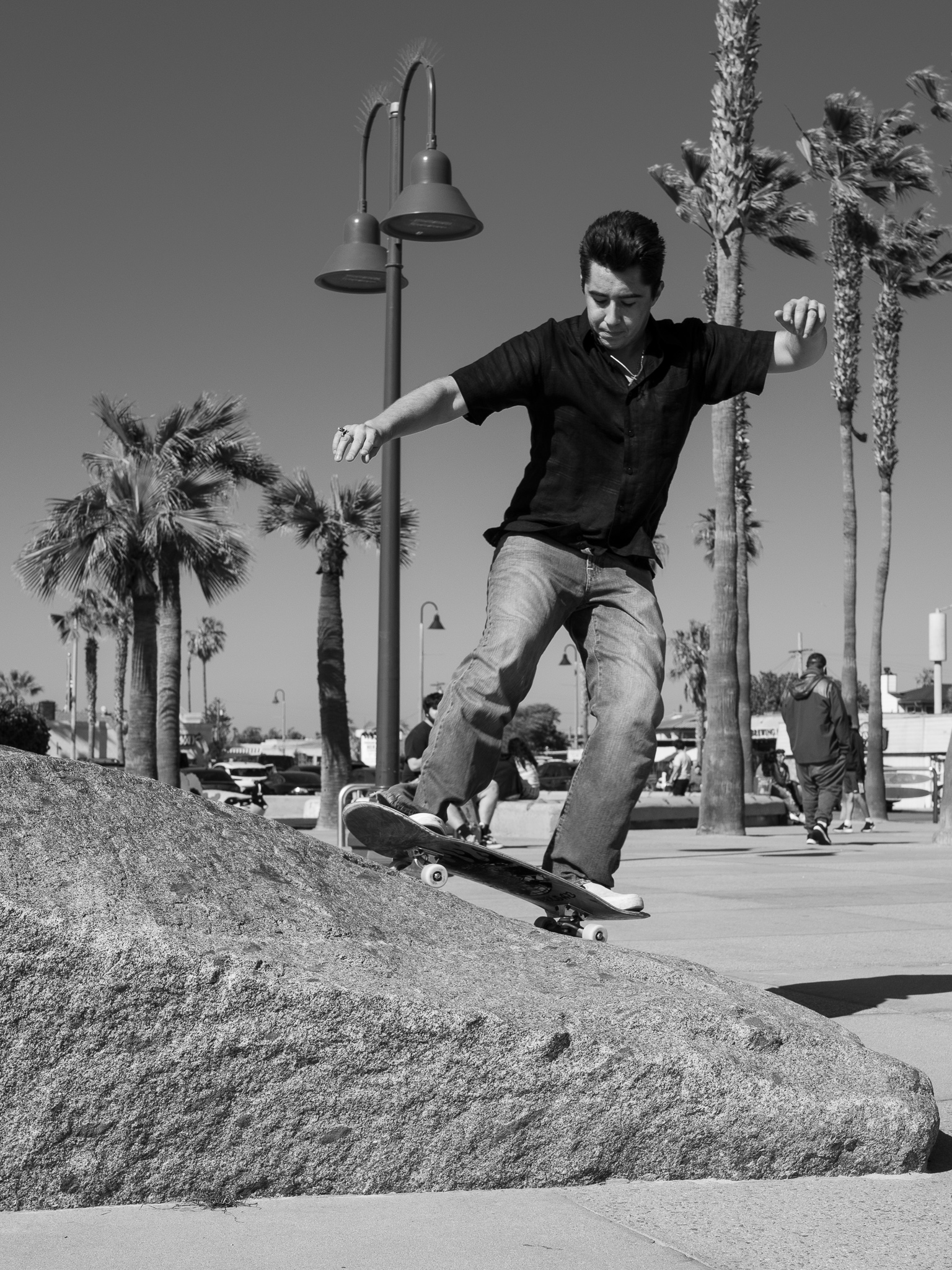
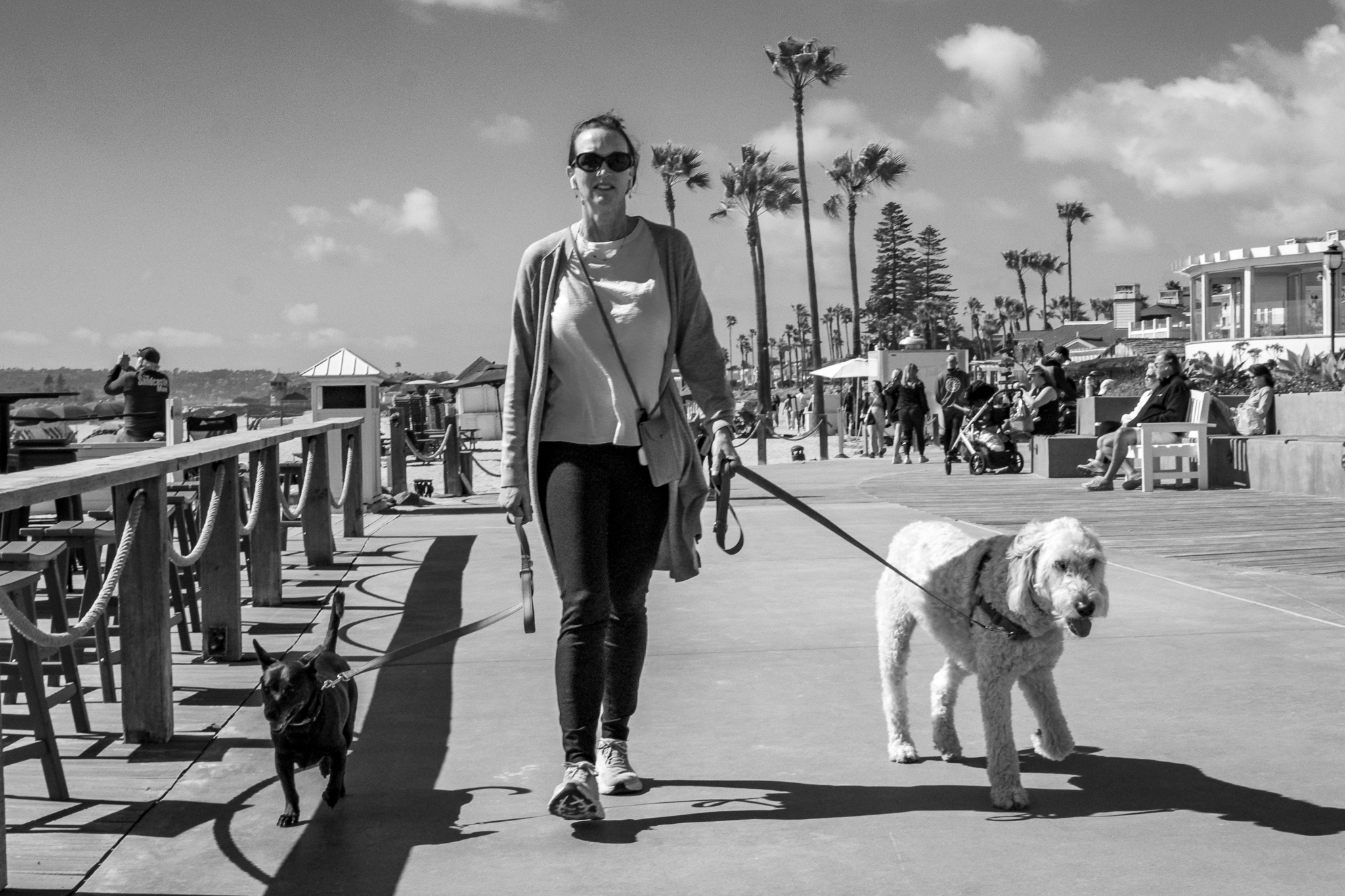
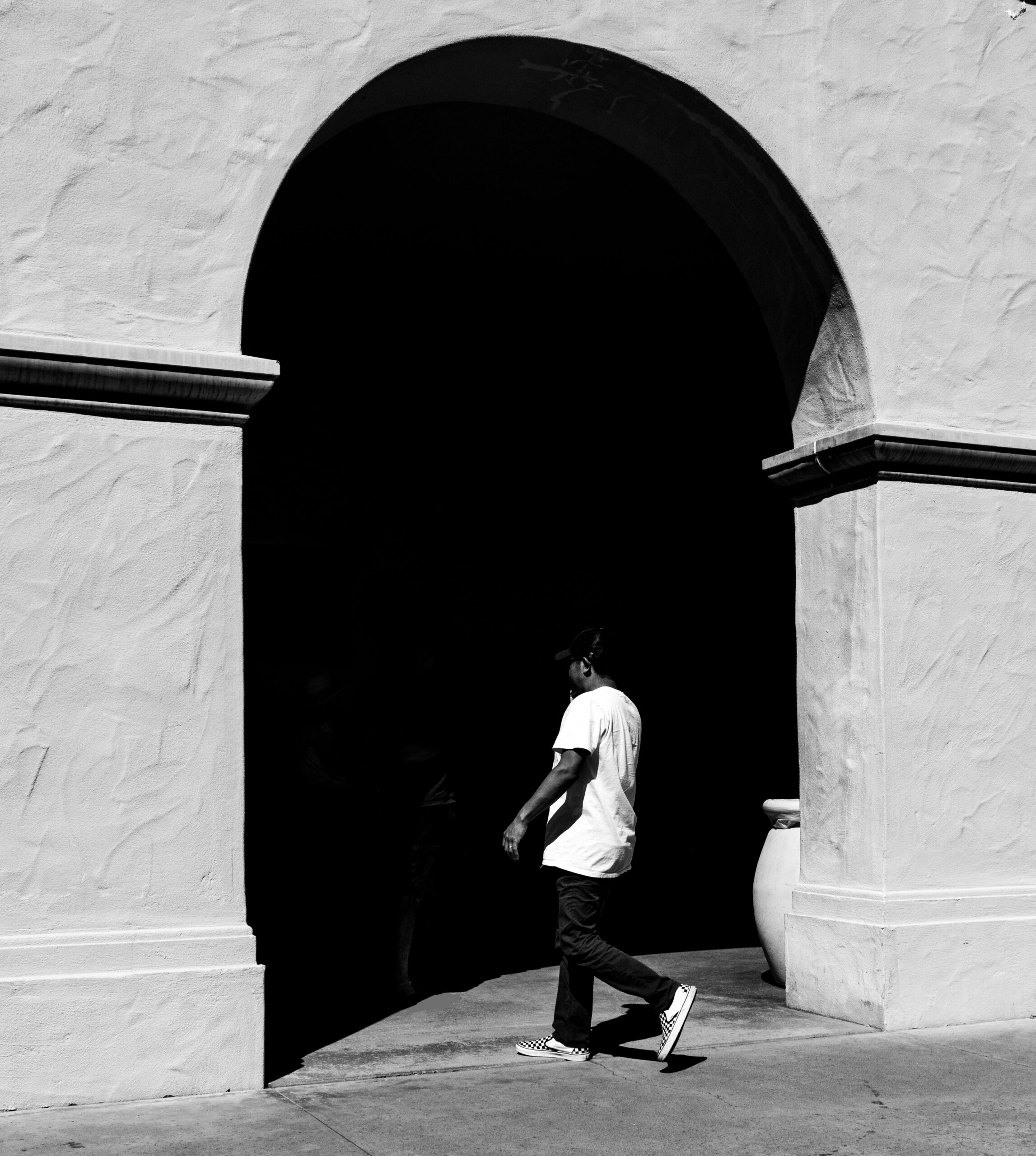
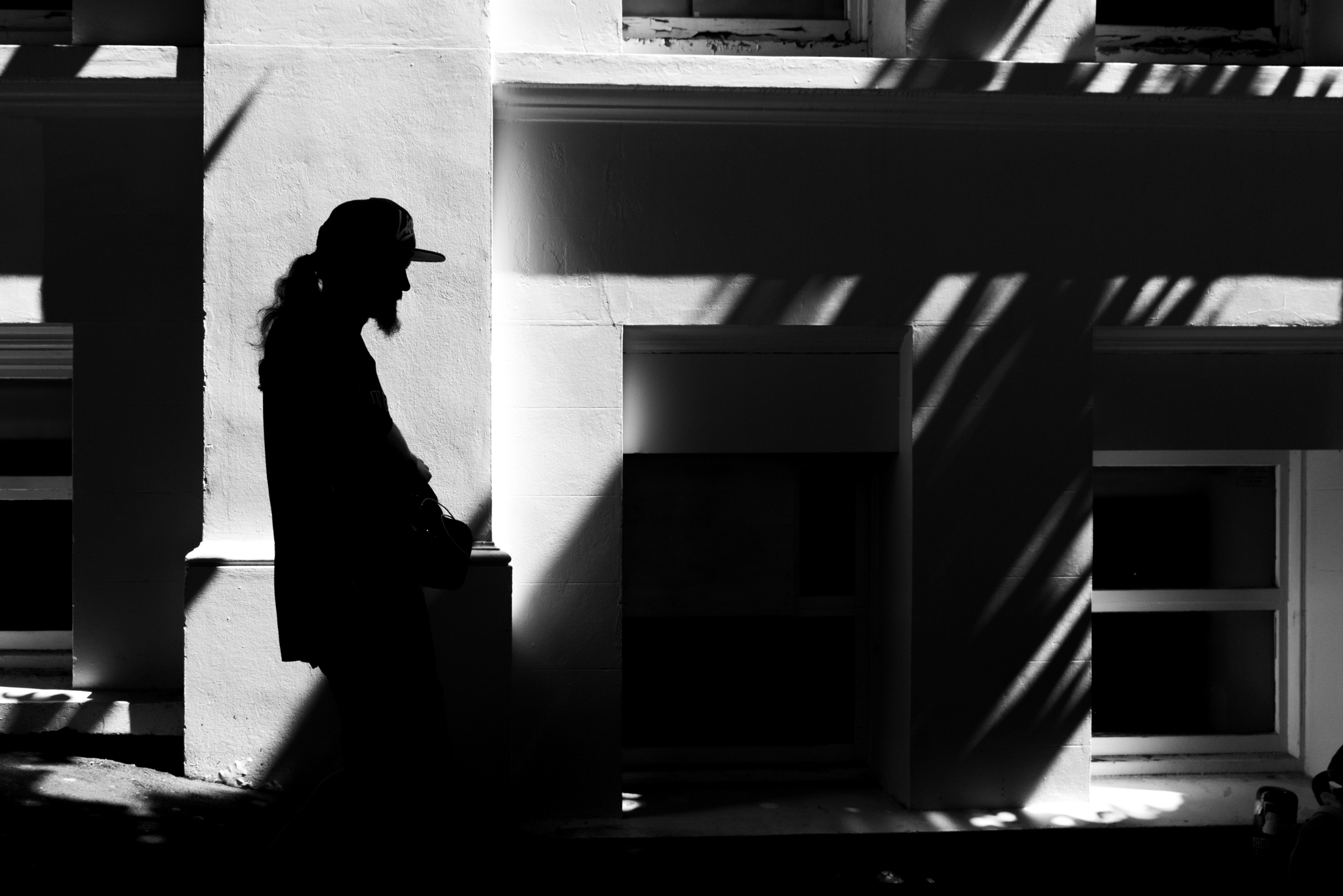
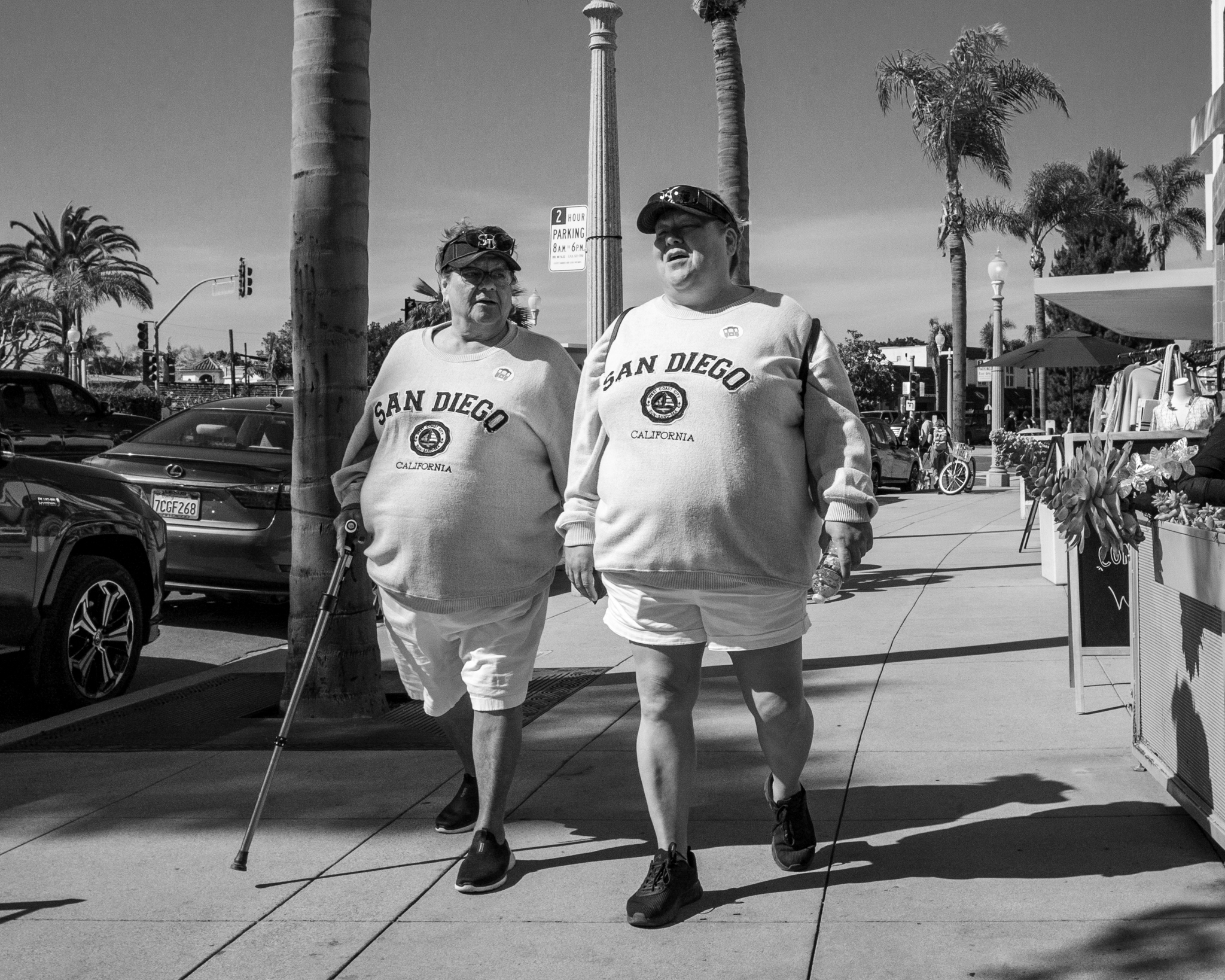
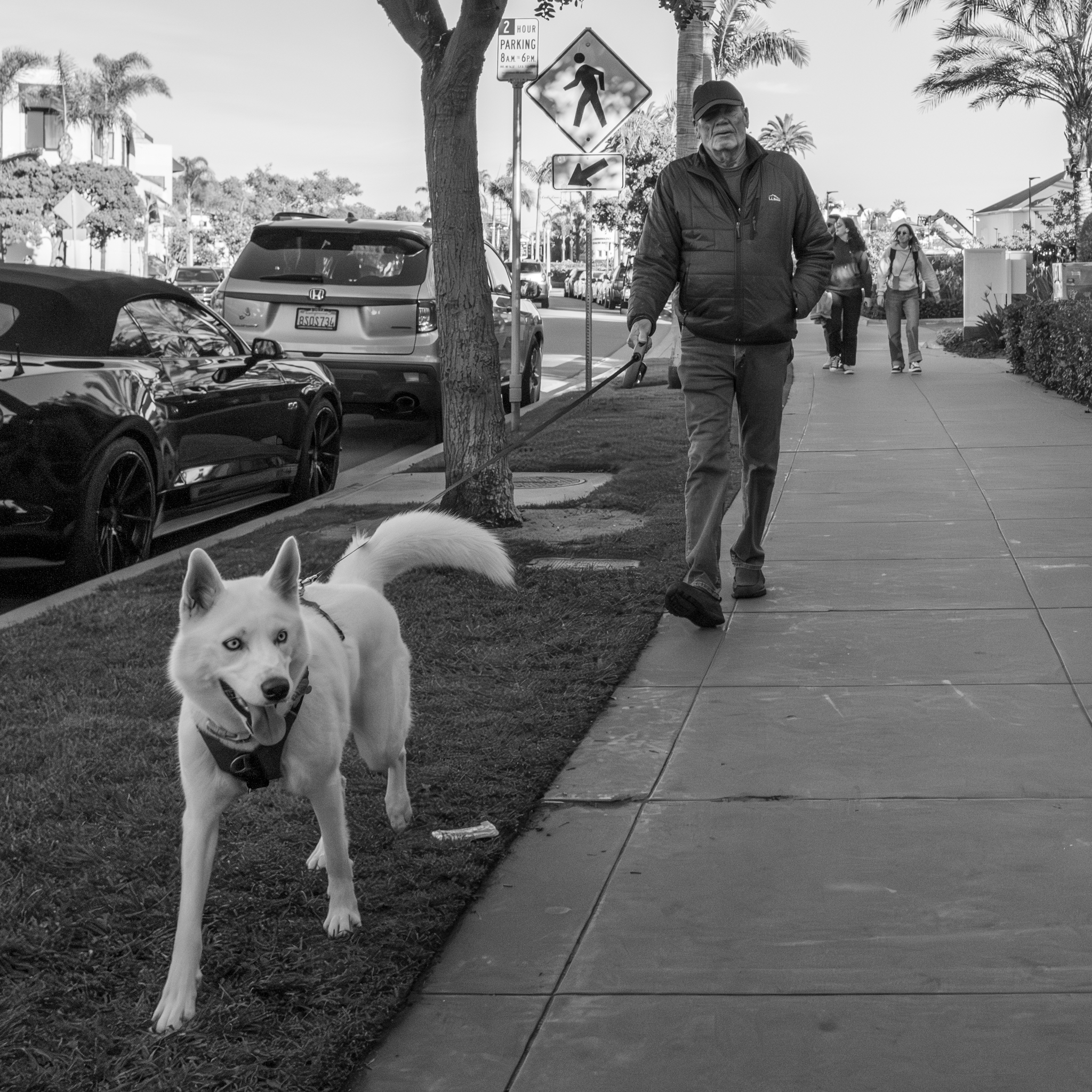
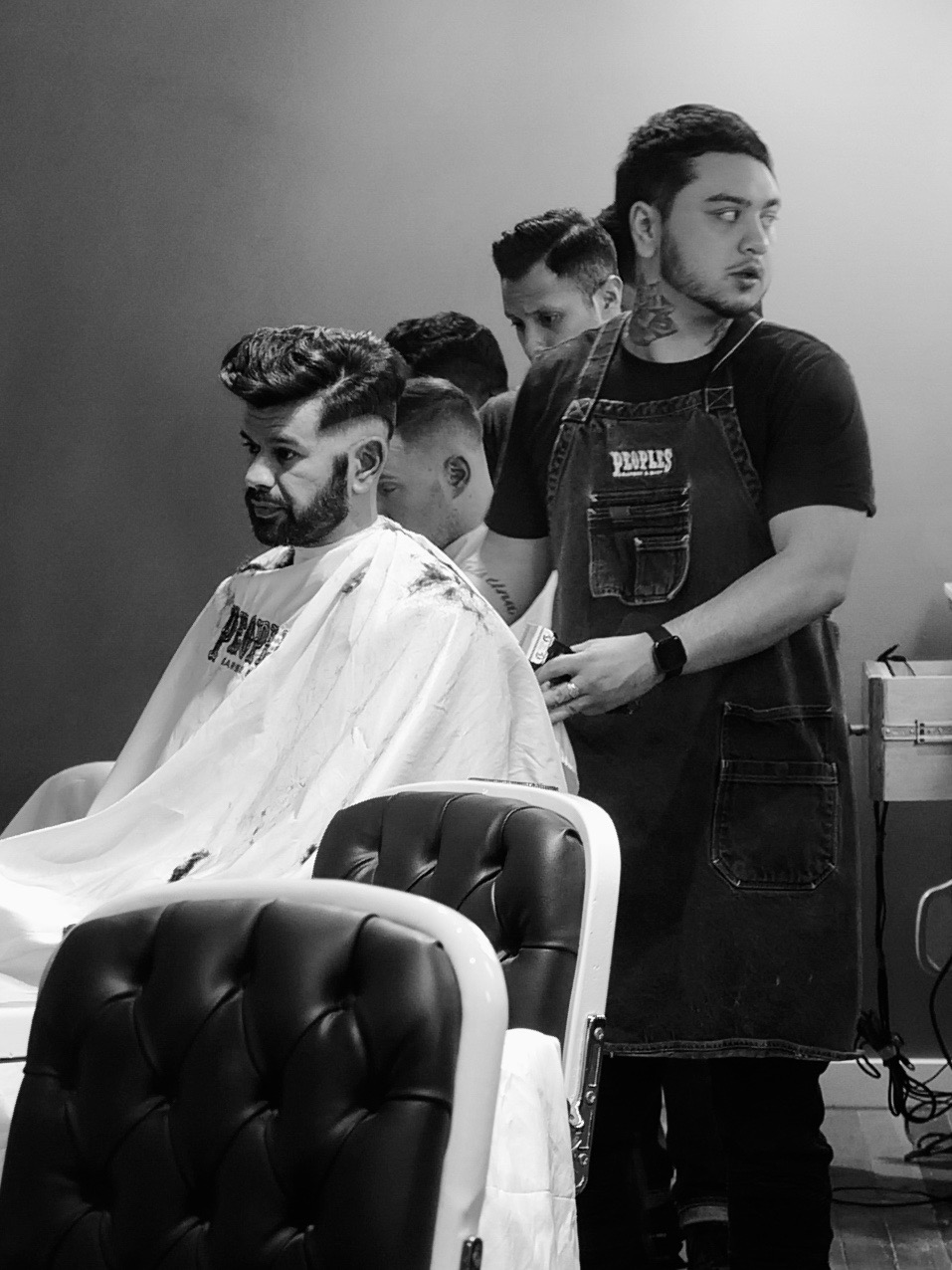




Keith, this is another excellent article in your Street Photography series. As always, the photos and writing are thought-provoking. I’ve truly enjoyed this series and it’s good to hear a variety of approaches, techniques, and opinions. Based on my very limited information, I’m not sure that publication in a book would require a ‘release’ signed by the person depicted.
https://www.lensculture.com/projects/161494-the-art-of-reading
I hope some of your next projects include the publications of your work in photo-themed books……
Hi Gary, thank you! That is very kind. What more convincing evidence could there be for the acceptability of incorporating candid street photos in a book than one created by your own brother! I remember you mentioning his book in your recent article about inheriting his Leica camera gear. Thanks so much for sharing the link to the images. They are wonderful. What a great theme for a street photographer, and what an incredibly diverse set of images of ‘readers’. Thank you so much for sharing. Will I see any of your photographs at the Del Mar County Fair photography exhibition? All the best, Keith
Yes, FWIW, I’ll drop off two photos this week.
I do both, that’s to say I request permission to take a photograph and also take candid shots where the subject is unaware that they are being photographed. I prefer the former because engagement for me at any rate is as important as the making of an image. I can think of many life-enhancing encounters by asking, off hand I cannot remember any such moments by taking a candid picture but that’s not to say I haven’t been pleased by the results.
As for traceless photography, I do not believe that it exists. Although someone may not be aware that they have been ‘snapped’ the very presence of the photographer changes the dynamic of a scene or situation. The second point is a bit nitpicky but I cannot imagine the suitability of the RPS model release for street photography. It reads like it’s been prepared by a team of lawyers and endeavours to cover all eventualities. I cannot think of a situation where someone I’d just photographed on the street would have the time, patience or inclination to look at, understand, agree and finally sign the document. There are others out there, it’s just a matter of finding a form that suits one’s needs.
A good read.
Hi David, thank you. Agreed, it is hard to imagine someone photographed on the street agreeing to sign the RPS release form. I think it is designed with a professional model in mind. In fact, it is hard to see how a street photographer could gain the necessary release to use an image in a publication. But, somehow, street photographs are regularly included in books. A mystery! Cheers, Keith
I think all approaches are valid as long as one is respectful. If I’m taking photos of strangers in public I generally telegraph my intentions giving folks the opportunity to bail, turn their heads, wave me off etc. But sometimes asking permission will not only ruin the scene but disturb the subjects- for instance couples kissing goodbye on a train platform- this is a classic and beautiful human moment that I want to photograph but don’t want to disturb.
Many times when going through my images afterwards I will notice somebody in the scene staring a dagger at me, but generally nobody says anything.
Hi Cdlinz, thanks for sharing your perspective. As I mentioned in the article, I have now taken many examples of both candid and posed street shots. Each have their merits, but for me, there is something about a candid shot that adds another dimension of interest. All the best, Keith
Keith
The situation here in Great Britain is neatly summed up by the Sun newspaper:
“There is no law preventing anyone from taking photographs of people in public.
This includes taking photos of other people’s children.
As the individual has agreed to make themselves in a public space, it is legal.
This is provided that the photograph isn’t indecent and you aren’t harassing the person you’re trying to photograph.
These rules do not apply if you’re taking pictures of members of the armed services, police officers, or members of the intelligence services, due to anti-terrorism laws.
You must be careful when photographing others as it can lead to confrontation.
Just because you can, doesn’t mean you should.
Although there are no laws against taking photos of people in public spaces, social grace and civility are important to consider.”
The question for street photographers here in Great Britain is, to what extent does social grace and civility play a part in their interactions with strangers?
Chris
Chris, I personally would not rely on the Sun newspaper as an authority on the legality of any interaction with the public. And I certainly would not photograph any children-other than family-without parental permission. To do so is definitely asking for trouble.
Here in Australia photographing sporting and other events involving children is a ‘no go’ area and I will not even take a photo on my local beach nowadays if there are children nearby and this includes surfing carnivals.
I’m very unsure nowadays about this whole issue of street photography and in particular candid street photography. I’m inclined to the view that it is often intrusive and not justified.
When I ask myself how would I react if I found that I had been candidly photographed on the street I know that I would not be happy -in fact I would be very unhappy.That is the acid test for me.
Hi Chris, thanks for sharing this statement from The Sun. I presume, as a paper that publishes many photographs of street scenes as part of its news coverage, it has to be clear about what is legal. Although the newspaper has a chequered reputation, I found its statement helpful. I especially like the notion of social grace and civility as a guiding principle for street photography. All the best, Keith
Keith,
Passers-by frequently notice my camera, and often express interest, because my M10 looks to them “like an old film camera”, and they start a conversation. So when I ask to photograph, most are happy to oblige.
Such an occasion was yesterday (with my reactivated R-D1, thanks Joerg-Peter), with someone I did know, but only barely, and her two grandkids. I couldn’t remember her name and said “well I would have to ask their mother’s permission”, but was told to go ahead anyway and shoot. I got a couple of more-than-pleasant images. Worth taking. The woman then showed me images on her cell phone that another daughter of her had taken. Of course, this is Vermont, where almost all the people are open and friendly. In the city, I have met actual hostility. One man wanted me to take the film out and hand it to him! I didn’t, but this was a case where I had not been discreet enough ab initio. I learned.
One of my neighbors is happy to have me photograph her daughters, but is adamant that I not put them on-line. She would be the same to other photographers on a street downtown, and it might become unpleasant.
Other times, I might say “I am a photographer and would like to make a photograph”, meanwhile having already taken a shot while they are answering. That usually works fine. Of course I judge the possibly latent hostility here. Usually the first shot is the best one.
I guess I am old enough, and harmless-looking to most. That likely helps too. And, I must say, with an M10, or especially an M11, one can use a 35 or a 50 from a modest distance away, and crop to get the action. It may not be HCB, but then, who is?
Ed
Thanks for your perspective, Ed. I have only asked permission once to photograph a couple of children having a wonderful time eating ice cream. Their parents said they preferred not to have them photographed, and so, of course, no photograph was taken. I had already decided that young children were a no-go area for street photography, and after that it would be best to also eliminate posed photographs of children. There are plenty of other fascinating, but non-contentious subjects to photograph.
I also have found that having an interesting-looking camera provokes a lot of interest on the street, which can indeed lead to striking up conversations and taking people’s photograph. My 10-year-old M240 looks as if at could have come from the 1950s! Cheers, Keith